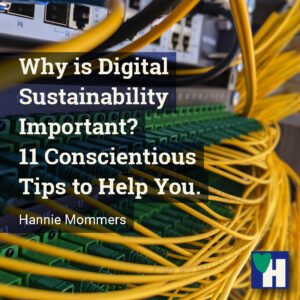
For a long time, I thought that working digitally was not polluting and therefore to be welcomed. It has now become clear to me that there are different ways of working digitally. Digital sustainability is not something that can be taken for granted.
An immense solar energy park is being built in the Netherlands. The residential area next door will unfortunately not receive any of it because the entire capacity has been bought by Microsoft that needs it for its data center.
Before the pandemic, around 6-10% of the world’s power consumption was accounted for by Information and Communication Technology (ICT). Internet use alone is responsible for 2-4% of CO2 emissions worldwide.
The large increase in working from home and Zoom calls during the pandemic has exacerbated the energy consumption of ICT.
Some of the links are affiliate links. As an affiliate associate, we earn a commission when you purchase any of the products offered through the shared links at no extra cost for you. This helps us maintain this website.
Table of contents
- 1 Why is Digital Sustainability Important?
- 2 How do we achieve digital sustainability?
- 3 Why does data traffic use so much electricity?
- 4 11 Tips to reduce our digital carbon footprint
- 4.1 Let go of the early adapter attitude
- 4.2 Don’t buy more devices than you need
- 4.3 Do not replace defective devices immediately
- 4.4 Choose the device that best meets your requirements
- 4.5 Lithium-ion batteries
- 4.6 Peripheral devices
- 4.7 Request electronic invoices
- 4.8 Screens
- 4.9 Applications on a smartphone
- 4.10 Optimize your email usage
- 4.11 Utilize search engines more effectively
- 5 Digital sustainability
Why is Digital Sustainability Important?
Working digitally consumes more and more energy. By being more thoughtful with our bits and bytes, we can limit this energy consumption and ensure that digital sustainability is a reality.
How do we achieve digital sustainability?
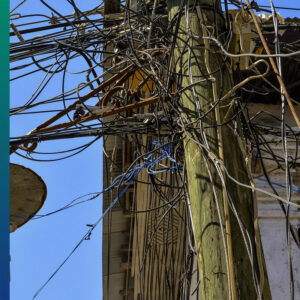
Digital technology can help individuals to accomplish the following:
- Using technology in a more efficient manner to reduce negative impacts;
- Maintaining an open mind toward new developments and transformative models to create a positive impact.
We are not in control of everything. We cannot improve a website that uses bad code. Unless we make that website ourselves, then we can try to work as sustainably as possible and opt for green web hosting.
The increasing dependence on each other makes those choices complicated. There is a lot of ‘greenwashing’ by companies who only see the money that can be earned and not the actual impact on the environment.
What are the energy guzzlers?
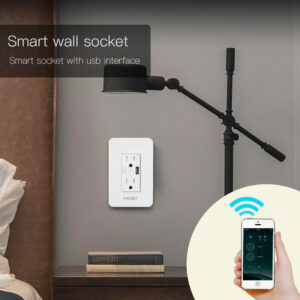
Greenpeace occasionally releases a report called Click Clean. (By the way, that report is on an unsecured website, which I think is very odd!)
The report mentioned the following energy consumption figures for the IT sector in 2017:
- Manufacturing 16%;
- Devices 34% ;
- Networks 21%;
- Data centers 29%.
We do not always realize that email traffic, checking social media, or looking up something on the internet does not take place exclusively on our own computers or mobile phones. Besides electricity from our own socket or battery, we also use data centers and millions of stored data, owned and controlled by providers and search engines.
The Covid effect
Thanks to Zoom meetings, teleconferencing, and the trend toward passive entertainment as a result of the lockdown, the use of online data has truly exploded. It has even led some telephone providers to temporarily remove monthly download limits, out of ‘digital solidarity’.
This will exceed energy consumption as you can imagine.
Why does data traffic use so much electricity?
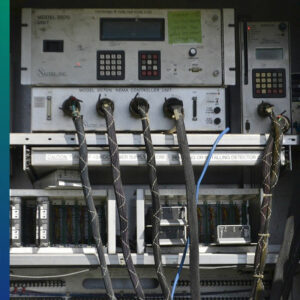
The excessive power consumption is partly due to design problems and partly due to structural problems with the layout of the internet.
Both web infrastructures and power stations take peak consumption into account. The extra capacity cannot be switched off during off-peak hours.
Routers at home are on day and night. Too bad that there is no built-in timer that makes it possible to simply turn them off at night.
Smartphone applications are often hastily developed in order to put them on the market quickly. This can cause design problems resulting in a premature drain of the battery. As a result, we have to charge the phones more often.
11 Tips to reduce our digital carbon footprint
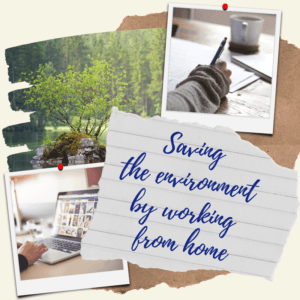
Let go of the early adapter attitude
Raise your hand if you always want the latest of the latest. Me! Not anymore, but there was a time when I was the first to get involved with beta versions. And always up to date with the newest versions of the devices I used.
Until I realized that I always got the teething problems and paid more, to begin with. Admittedly, my changed attitude was from thrift. At the time, I hardly thought about sustainability.
Don’t buy more devices than you need
If you live in a house with more people, you may be able to use each other’s devices. A shared printer and router, for example.
Do not replace defective devices immediately
Buy a new screen for your smartphone if it’s broken. Replace the battery if your mobile becomes too slow. Buy an internal or external hard drive for the computer if you are running out of storage space.
Give devices you don’t want or need anymore a second life. Donate them to charity or sell them instead of leaving them in a drawer.
Choose the device that best meets your requirements

Energy-wise, laptops are more efficient than desktops. The production of a laptop uses 75% less material, and it consumes 70% less energy when it is in use.
What are your main uses of the internet? Is it only to browse the internet or check your email? If so, then a tablet is right for you. What about reading eBooks? Invest in an e-reader, it consumes less energy.
Lithium-ion batteries
By not completely discharging the batteries, you can prolong their life. If you aren’t going to use the device for a week or more, don’t charge it to 100%. When Li-ion batteries are not in use, it’s best to keep them 70% charged.
Use the energy-saving features of your computer, laptop, and tablet and let them go into standby mode automatically after a short while of not using them.
Peripheral devices
Screens, printers, scanners, and routers are the most economical if they have a USB connection. Wireless costs more energy due to the necessary recharging.
Opt for energy-efficient peripherals and avoid multifunctional (printer-scanner-copier-fax-phone).
Whenever possible, print only documents that are absolutely necessary.
Request electronic invoices
Compared to paper bills, electronic bills reduce the environmental footprint by 63%.
Screens
Save up to 40% by setting your LCD screen’s brightness as low as possible. Remove screensavers from LCD screens. A screen saver protects cathode screens from wear and tear, but no longer serves that purpose on LCD screens.
Applications on a smartphone
Apps often run in the background and overload the battery consumption on a smartphone. Make it a habit to close all apps every night.
Use the optimization function on your smartphone and turn off the automatic updating of applications that you rarely use.
It is better to download podcasts, videos, or music than to stream them. Audio calls are preferable to video calls.

Optimize your email usage
Install a good spam filter and empty the spam folder often. Do not spread chain emails, funny images, hoaxes, and false messages.
Limit the size of your attachments, compress them, or send a hyperlink when possible. Avoid messages like “Ok” or “Thank you!” and exclude the original mail.
Periodically delete the emails you no longer need and don’t forget to empty the trash as well. Unsubscribe from newsletters you don’t read.
Utilize search engines more effectively
Instead of using a search engine, enter the address of the website you know directly. Use specific keywords to consult fewer pages.
Related: How does Technology Contribute to Sustainability in an Easy Way?
Digital sustainability
We only partially influence the form of energy that data centers use. But we are certainly able to make our own energy consumption as economical as possible.
“Every little bit helps” is a Dutch proverb. In this way, we can all make our contribution.
Do you have more tips for being digitally sustainable? Tell us in the comment box below.


I honestly don’t understand why people change their phone every single year. The updates from one year to another are barely noticeable and the amount of resources used to produce just one phone is insane! All my old devices are donated to families that really need them, it makes no sense to store them in a drawer where they’ll be left for years.
You and me both, Audrey, I don’t understand that need for a new model either. Great of you to donate your phone to family members. I hope they do the same once they are ready for a new one. 🙂
It’s good we hear more and more examples in the news of companies that focus on ‘mining’ materials from devices that are already existing, instead of making new item after new item.
Thanks for your comment, and stay healthy.